Advertisement
Early identification of eye problems in newborns is crucial to prevent permanent eyesight loss or even blindness. Traditional screening methods are costly, time-consuming, and sometimes unattainable in poor areas. Here, artificial intelligence (AI) arrives with solutions that are more accurate, faster, and less expensive. Recently, artificial intelligence tools have become quite transformative in infant eye screening, enabling healthcare companies to identify potential vision issues very early on. This article examines how artificial intelligence is revolutionising paediatric eye care through enhanced accuracy and increased accessibility of screenings worldwide.
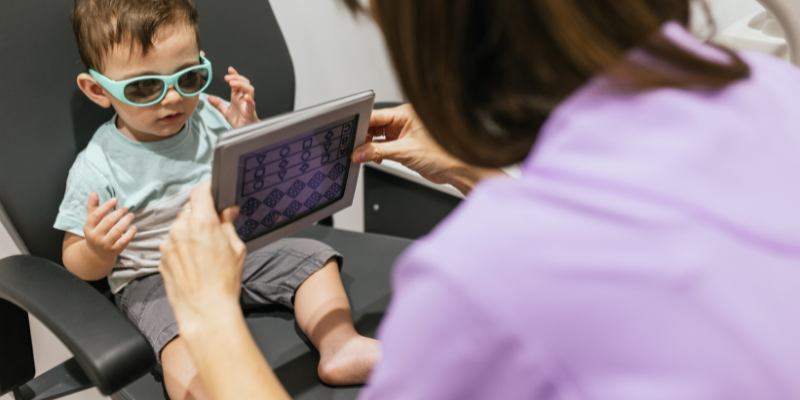
The role of AI in newborn eye screening is to extend the speed, precision, and accessibility of medical diagnostics. Historically, eye screening for infants has involved expensive equipment and highly skilled experts, which limits its scalability, particularly in resource-poor environments. Platforms such as Pr3vent, in conjunction with Iris Technology's webAI, are revolutionizing this process by robotically handling the detection.
The AI system is trained on vast volumes of retinal images and detects early indicators of conditions such as congenital cataracts, glaucoma, and retinopathy of prematurity. By processing images in real time, AI can detect abnormalities much quicker than conventional methods, thereby facilitating early intervention and treatment.
Key Points:
The eye screening process, powered by AI, begins with capturing high-resolution images of the newborn's retina. The photos are then input into the AI platform, which has been trained on thousands of similar instances. Through pattern recognition and deep learning, the AI examines the images to identify even the mildest of abnormalities.
The AI doesn't function alone. Instead, it is a forceful support tool for ophthalmologists, pre-screening large numbers of cases and identifying those that require specialist examination. This process significantly lightens the workload of the human experts but never lets any possible issue pass without attention.
Key Points:
The use of AI in newborn eye screening presents numerous essential advantages. To begin with, it significantly improves the accuracy of diagnosis, with AI systems such as Pr3vent providing detection rates of up to 96%. This accuracy is very high, serving to reduce both false negatives and false positives.
Secondly, AI lessens the total cost of screening. Through the automation of regular assessments, the system reduces the demand for costly human monitoring, making it more economical for healthcare systems. Thirdly, it increases accessibility, especially in rural regions where specialist eye care is not readily available. AI also enables continuous learning, where the system can improve with new data and be updated with the most recent medical information.
Key Points:
The capacity of the AI systems employed in newborn eye screening to detect and correct demographic bias sets them apart. Due to a lack of representative data, traditional medical models often underperform across different groups.
To minimize the possibility of bias, the AI system ensures that images from diverse ethnic backgrounds are included throughout the training. This enhances the consistency and equity of screenings for every infant, irrespective of geography. To maintain ethical standards, medical firms that utilize these artificial intelligence technologies closely monitor performance across demographics.
Important Points:
AI systems can spot a range of newborn eye problems that, if ignored, can cause serious consequences. Common ailments include some of the following:
Early identification of these problems enables prompt medical treatment that can prevent permanent eyesight impairment and improve quality of life.
Key points:
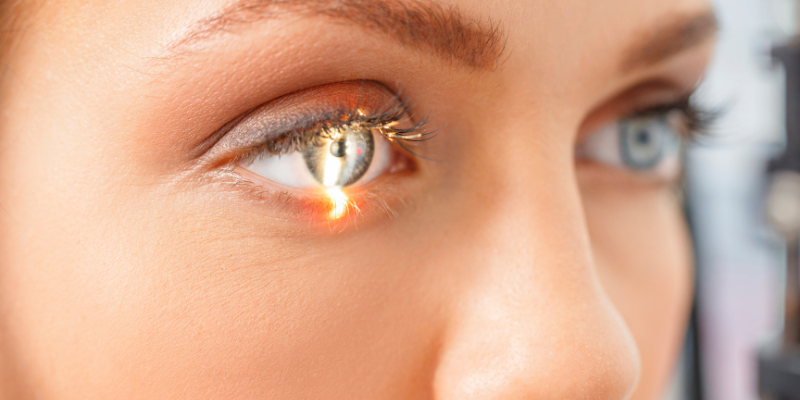
Beyond specific clinics or hospitals, artificial intelligence-aided eye screening has an impact. Making eye care available in areas with poor medical infrastructure has the potential to transform worldwide pediatric care.
AI systems can help to fill the need in nations with few pediatric ophthalmologists by providing dependable screening tools that can be utilized in mobile health units or rural clinics. Local healthcare professionals are empowered by this technology to deliver life-changing early detection and help close gaps in pediatric care worldwide.
Important Issues:
Artificial intelligence is revolutionizing newborn eye screening with its speed, precision, and mass accessibility. Medical firms operating on AI platforms such as Pr3vent, which is supported by webAI, are identifying life-changing eye ailments at an early stage and a fraction of the cost of conventional means. The capability to resolve demographic bias, offer scalable solutions, and augment human expertise makes AI a valuable companion in pediatric health. With advancements in technology, the incorporation of AI into newborn screenings will be instrumental in reducing avoidable childhood blindness and enhancing global health outcomes.
Advertisement

Compare AI, ML, DL, and Generative AI to understand their differences and applications in technology today
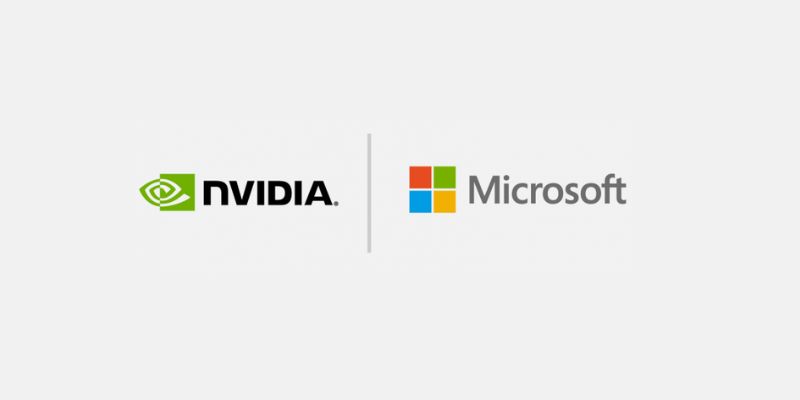
Microsoft and Nvidia’s AI supercomputer partnership combines Azure and GPUs to speed model training, scale AI, and innovation
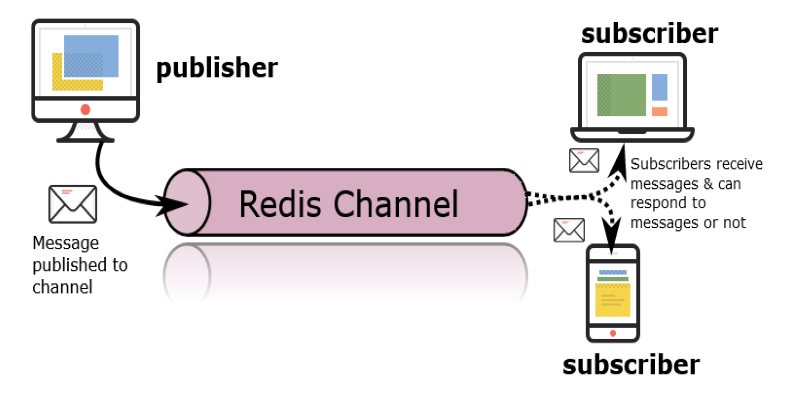
Need instant updates across your app? Learn how Redis Pub/Sub enables real-time messaging with zero setup, no queues, and blazing-fast delivery

Explore ChatGPT's 2025 memory updates: how it works, benefits, control options, and privacy insight

What happens when AI isn't just helping—but taking over? Amazon CEO Andy Jassy says it's already replacing jobs across operations. Here's what it means for workers and the wider industry
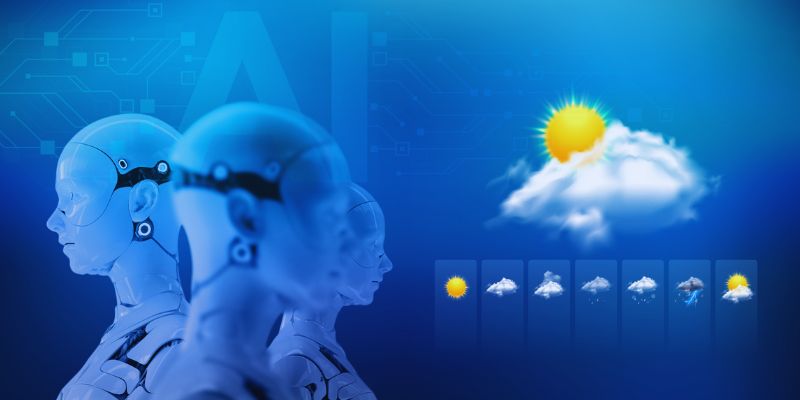
Discover how AI in weather prediction boosts planning, safety, and decision-making across energy, farming, and disaster response

Explore how AI enhances employee performance, learning, and engagement across today's fast-changing workplace environments.
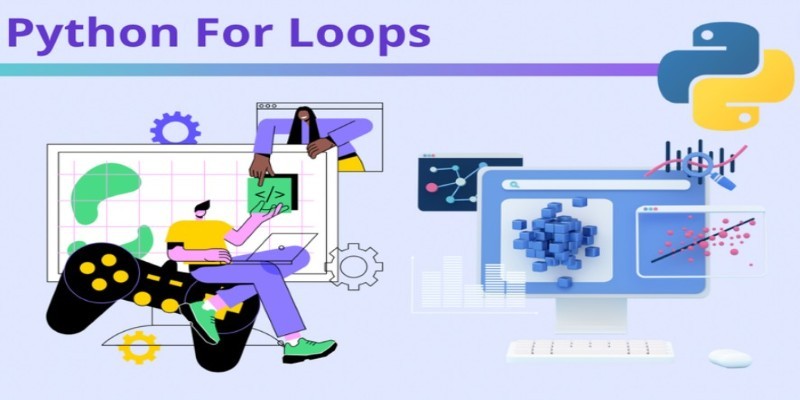
How to use a Python For Loop with easy-to-follow examples. This beginner-friendly guide walks you through practical ways to write clean, effective loops in Python
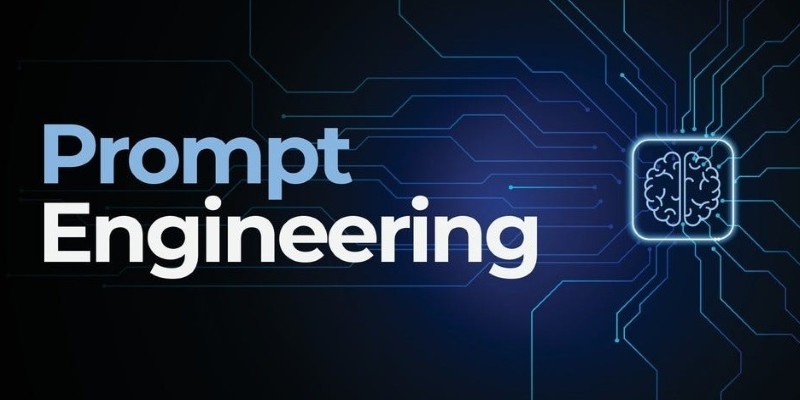
What prompt engineering is, why it matters, and how to write effective AI prompts to get clear, accurate, and useful responses from language models
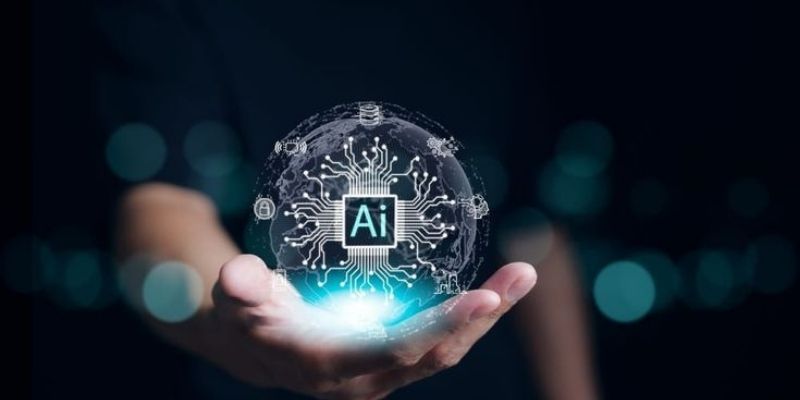
Discover AI’s latest surprises, innovations, and big wins transforming industries and everyday life.
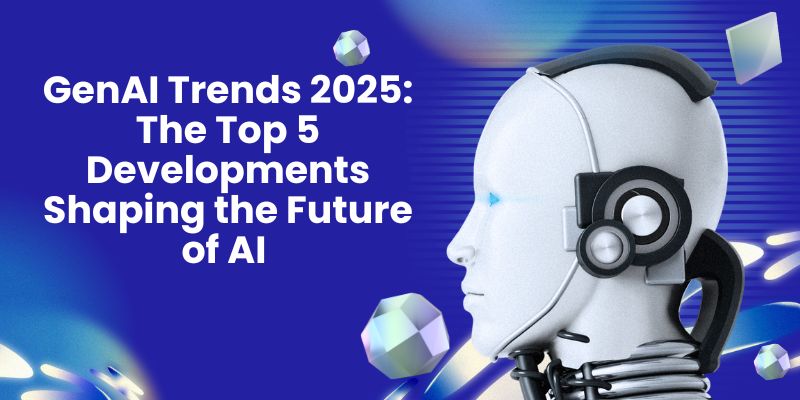
Learn about the top 5 GenAI trends in 2025 that are reshaping technology, fostering innovation, and changing entire industries.
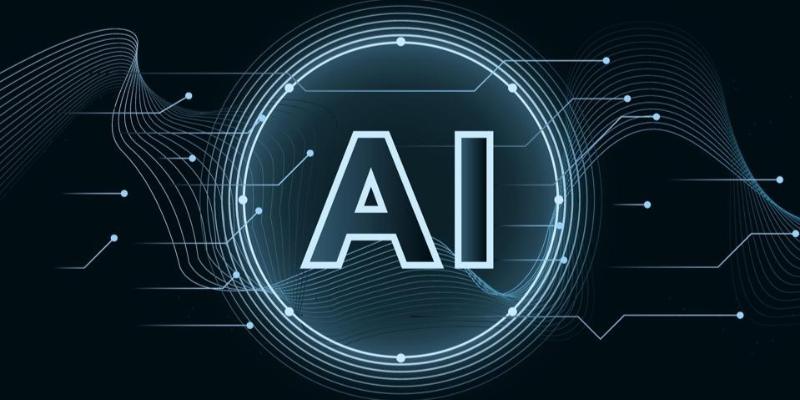
Learn the top 5 strategies to implement AI at scale in 2025 and drive real business growth with more innovative technology.